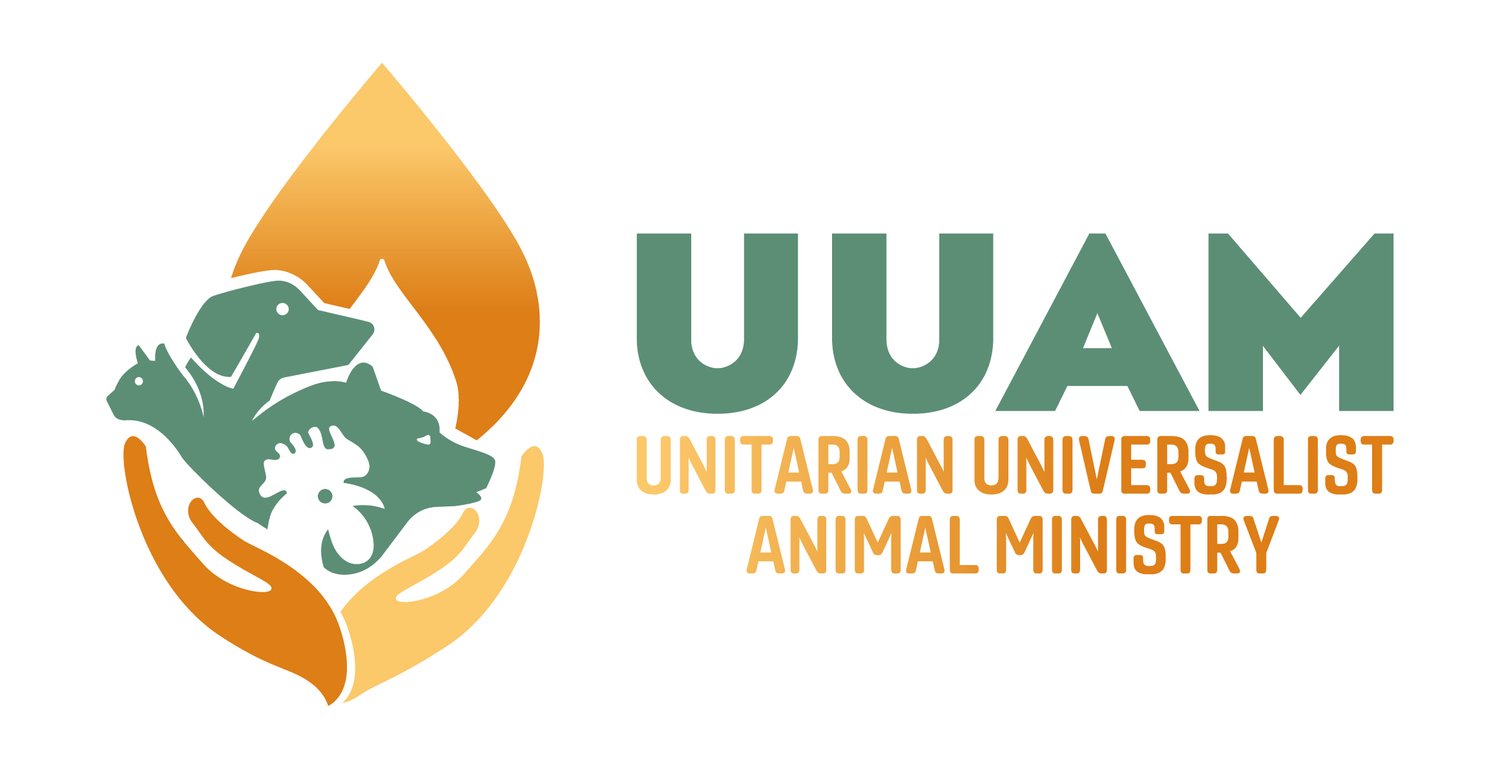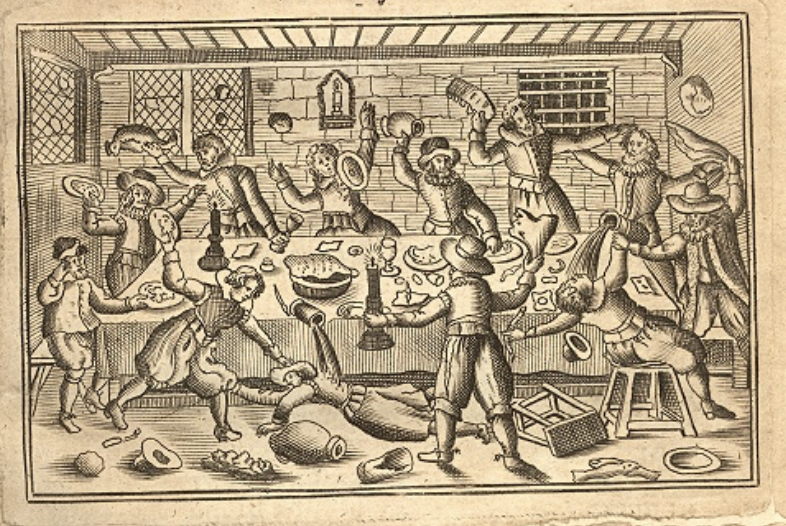Vegetarian Recipe of the Month: Shakespearean Era Pottage
Lists of famous vegetarians will sometimes include Shakespeare. But that’s questionable. Few records of his private life survive. Beyond knowing the years of his life (1564-1616), we don’t have clear evidence of what day he was born, where he went to school, his religious beliefs, or even what he looked like. One seven-year period in his twenties is even known as “Shakespeare’s lost years.” There are some records of his public dealings (involvement in the Globe Theatre, purchasing a home), but nothing as detailed as what he ate.
Overall, vegetarianism in England during the late Elizabethan period was fairly uncommon, except for the poor. For better-off families the emphasis in meals was still typically meat (mainly beef) and bread made from a mixture of grains. Around this time fruits and vegetables were increasingly included in meals, due to more contact with the Mediterranean diet, expanded imports from southern Europe, and then increased local production. But overall the basic belief in Shakespeare’s time was that meat was the most desirable food and that it was healthier than fruits and vegetables, and also that meat eating was ordained by God after the Flood (Genesis 9:3 “Every moving thing that liveth shall be meat for you”), so people choosing to be vegetarian were few in number and looked at somewhat suspiciously. As one writer put it, “In the early modern period being a vegetarian was a radical choice.”
Shakespeare’s writings often contain references to food, and there are passages that certainly show he had a keen sensitivity to the feelings of animals. As in this passage from Henry VI of a mother cow lamenting her calf being taken away for slaughter:
And as the butcher takes away a calf
And binds the wretch, and beats it when it strains,
Bearing it to the bloody slaughter-house,
Even so remorseless have they borne him hence;
And as the dam runs lowing up and down,
Looking the way her harmless young one went,
And can do naught but wail her darling’s loss…
His writings also reflect the common belief then that eating meat dulled the intellect. As one of his characters in Twelfth Night said: “I am a great eater of beef and I believe that does harm to my wit.” Another character calls someone “beef-witted” (a precursor to the modern insult of “meathead”). And vegetarian meals appear in some of Shakespeare’s writings, as do negative comments about hunting animals for food.
But overall the evidence for Shakespeare actually being a committed vegetarian is somewhat weak. Perhaps the most that can be said is that, as a Shakespeare scholar put it, his writings show “evidence of a sympathy for vegetarianism that would have seemed strange to most early moderns.” Even in that, Shakespeare was certainly well ahead of his time. The vegetarian movement in England would not garner much momentum until the end of the 18th century when the belief that animals were made solely for human use was becoming less dominant.
Still, vegetarian dishes were common during Shakespeare’s time, as well as central to the diets of those not well enough off to afford meat. Here’s one description: “For the majority of Elizabethan citizens, their main meal would traditionally consist of “white meats” (cheese, milk, and whey) and bread and pottage. Pottage is a type of vegetable stew or porridge made up of ingredients on hand. The main components were vegetables like carrots, cabbage, turnips, and rutabagas, and a variety of grains in a milk or broth “stew’’… Herbs were used to give flavor. Pottage was a healthy and hearty recipe that filled the belly and was cheap to provide.” As a food historian noted, “In Shakespeare’s day, pottage was even featured at the tables of the wealthy, for it was both tasty and warming.”
SHAKESPEAREAN ERA POTTAGE
Ingredients:
1 3/4 cup chopped vegetables (carrots, cabbage, turnips, rutabagas, potatoes)
A “knob” of [plant-based] butter (2-3 tablespoons)
1/4 cup oats
Chopped garden herbs (parsley, sage, rosemary, thyme)
1 pint of vegetable broth or stock
Method:
1. Melt butter in saucepan (or cauldron!) and fry the vegetables to soften them.
2.Add the chopped herbs and oats and stir gently.
3.Carefully pour in the stock. Cover with a lid and cook slowly, stirring from time to time.
4.Once the oats have thickened the sauce, and the vegetables are softened, the pottage is ready.
Although the food in Shakespeare’s time was becoming increasingly interesting and varied, that’s not to say that the dinners were always convivial, peaceful affairs! As in this 1647 London illustration:
Sources: Fools and Fricassees: Food in Shakespeare’s England, Dr. Joan Thirsk, The Folger Shakespeare Library; Food in Shakespeare: Early Modern Dietaries and the Plays, joanfitzpatrick.org; recipe from agecrofthall.org, “Make Elizabethan Pottage”


